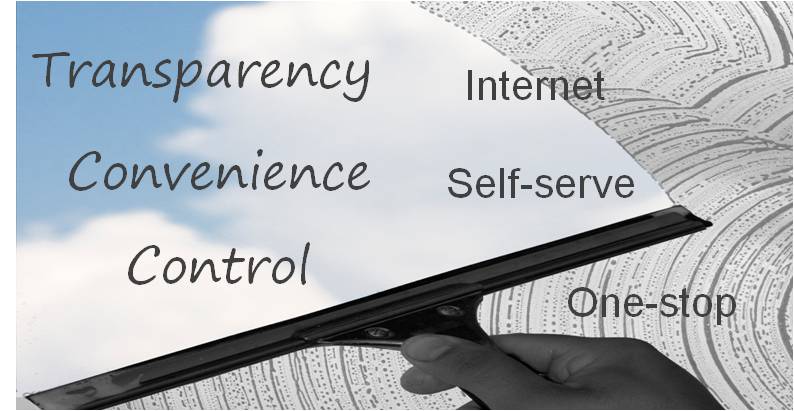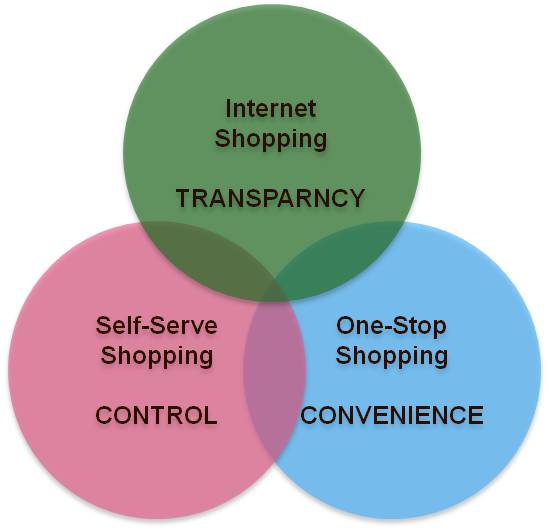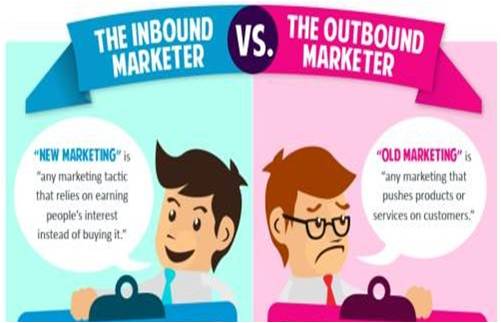
Inbound is good, outbound is bad. This is the black and white message touted on many recent articles, blogs, brochures, websites, Linkedin, etc on the issue of Marketing. One could believe that Inbound Marketing is the best thing since sliced bread and Outbound Marketing needs to be avoided at all cost.
But I would argue that this is far from the truth. Especially in a B2B sales environment the last phase can only be achieved successfully with two people sitting face to face negotiating and discussing a complex deal or project. There is no whitepaper, no blog, no infographics, no email, etc that can replace that human interaction and shaking of the hands.
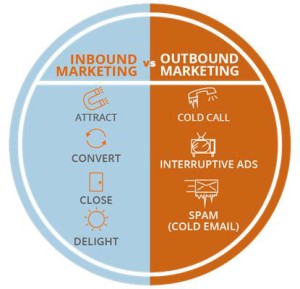 Now don’t get me wrong. Inbound Marketing is important but so is Outbound Marketing. The only things that are dead are cold calls, interruptive ads and spam. Nobody answers their phone any more unless they know the caller. It is easier to reach somebody via social media. And ads need to be entertaining, engaging and adding value or they are tuned out. And spam is illegal anyway.
Now don’t get me wrong. Inbound Marketing is important but so is Outbound Marketing. The only things that are dead are cold calls, interruptive ads and spam. Nobody answers their phone any more unless they know the caller. It is easier to reach somebody via social media. And ads need to be entertaining, engaging and adding value or they are tuned out. And spam is illegal anyway.
I think at the end of the day it is all about Marketing. Inbound, Outbound, Traditional, Digital, Classic, whatever. Those comprise just different strategies, tactics and channels to get your message to your target audience. It is not a zero sum game, one or the other. Marketing needs to deliver on objectives and whatever strategies and tactics that effectively and efficiently fit that bill should be used.
The basic marketing process is very simple:

Attract
The first job of marketing is to get your company, product or service noticed by the target audience and entice them to visit your website. It is getting increasingly difficult to break through to customers. Everybody has a blog, a whitepapers and e-books. The big opportunity lies in creating content that is really helpful to your target audience’s business. Once you have that it is critical to promote it with a great headline that your prospect just has to click on to find out more. The channels used to get the message out can be anything from a traditional magazine to a Tweet, a Linkedin ad or an email campaign.
Engage
Once your target audience is on your website, blog or Linkedin page you need to engage them to make them interested in your company, product or service. Here is where the content comes into play. It needs to give insights that are unexpected, new or thought provoking and the insights need to create a link with your offering. This is the issue and this is how we can help. Simple, isn’t it?
Convert
This is where good marketing shines and mediocre marketing breaks down. The target audience does not see as clearly the issue as you do or does not see why they might need your company to solve an issue.
You want the prospect to read your content and fill out a form to ask for a proposal. If you get 1% or more of website visitors to that you have a winner. It is more likely that a visitor downloads a paper or signs up for the blog news. Also great.
You need to define what your website has to achieve and based on that develop the content that can help you do that.
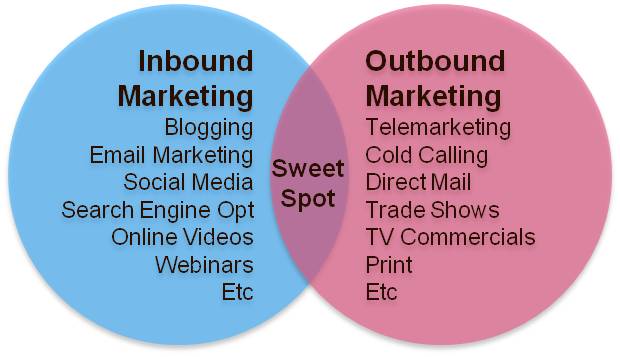
In conclusion, it should be said that it is not about inbound or outbound marketing. It is about Marketing, full stop. Chose the right message and content to get noticed and engage your prospects and customers and link it to your business so that they act on it.
